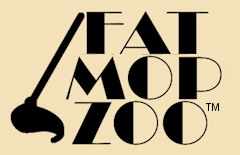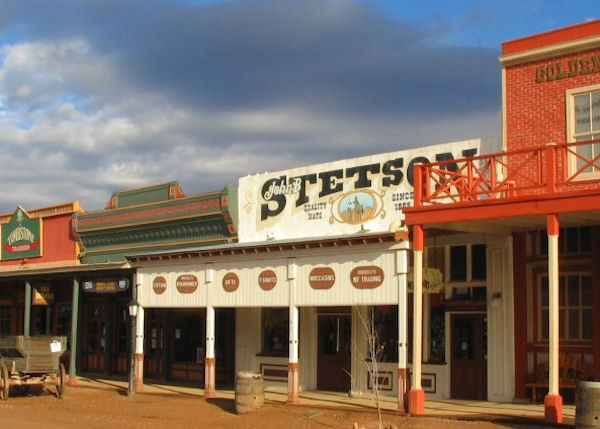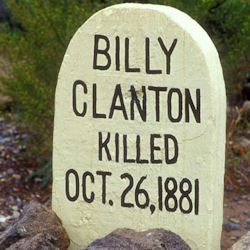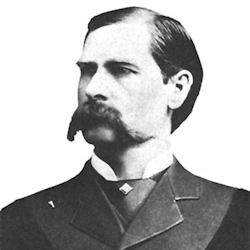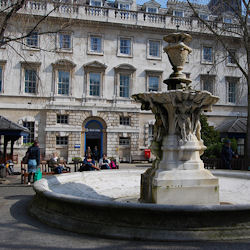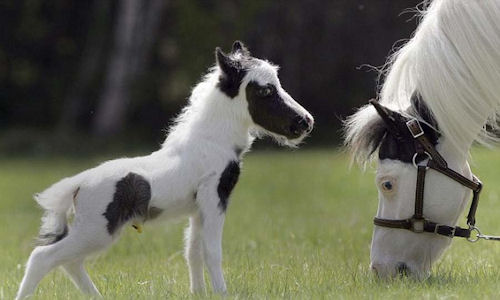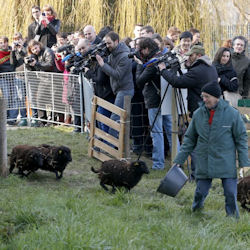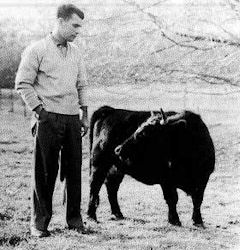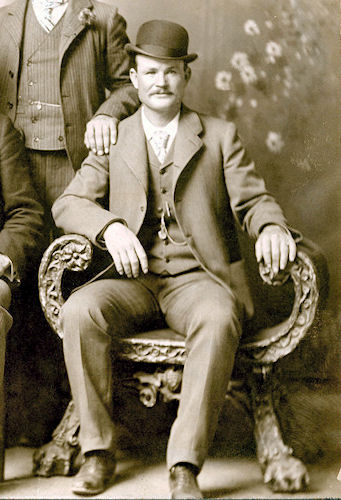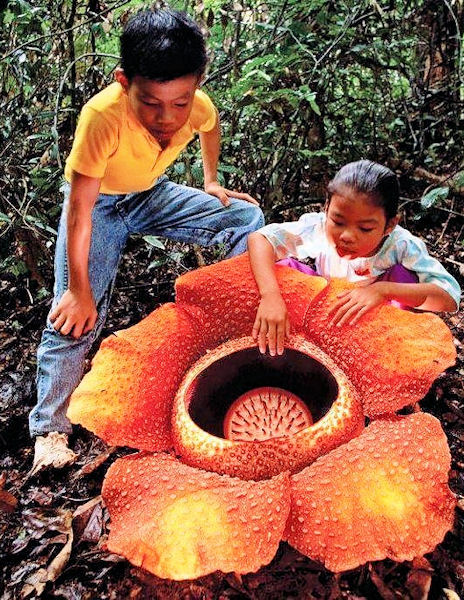
A few months ago I wrote about how awesome plants can be. Well, recent research shows that plants can be incredibly terrifying as well. How can something that can’t even move invoke such terror in your incredibly awesome narrator? Here’s three damn good examples.
Let’s start with that comically over-sized flower up yonder. That’s an example of Rafflesia arnoldii, better known as the CORPSE FLOWER(dun, dun dunnnn!) Found primarily in the rain forests of Borneo and Sumatra, the Corpse Flower grows to an average of three feet across and weighs as much as 24 pounds. Just a big, colorful flower with an unfortunate name, right?
Wrong! It didn’t come across that name by accident. The big red flower appears when the plant is ready to reproduce, and that’s when a terrible smell starts pouring out of it. The plant releases a scent that smells like rotting flesh to attract flies to pollinate it. As a final insult, the plant can only survive by attaching to and feeding off of other plants, usually the Tetrastigma vine. First it leaches off you and then it starts stinking like crap. I’m usually for preserving rare species, but this one… Yeah, no.
At least the Corpse Flower is relatively unobtrusive(save for the wonderful odor.) Bamboo is a different story altogether. Don’t get me wrong, bamboo has many uses, ranging from culinary to construction. It’s been used to make everything from paper to musical instruments. Nowadays it’s mostly known as an ornamental plant.

Part of the reason it’s so popular is also because it’s a hardy plant. Some species can survive down to 18 degrees f. It also grows insanely fast. Some species of bamboo can grow at a rate of 35 inches a day. You can literally go to bed one night, get up in the morning, and find a new three-foot tall bamboo stalk in your garden.
Bamboo can also kill. Rumors persist that bamboo shoots have been used to torture and kill prisoners. The victim is tied to the ground over a bamboo sprout. The plants grow so strongly and swiftly in the first days of their life that it literally stabs its way through the victim in its search for life-giving sun. Bamboo ain’t nothing to mess with, yo.
This final plant makes bamboo look like your slobby stoner college roommate. You know, the one who had the lazy eye? Yeah, that one. Anyway… Let me introduce you to Kudzu, the creeping menace.
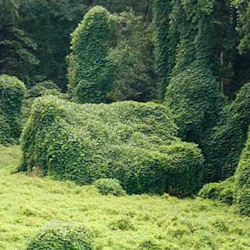
Kudzu was introduced in the United States from Japan as an ornamental bush that could double as a shade plant. It was also marketed as a handy way to stop soil erosion. It stops a lot more than soil erosion, as it turns out. It also stops all native plants from existing. The plant covers and essentially suffocates other plant life, thus killing it. It also grows like your uncle at an all-you-can-eat buffet. Across the US, it’s been growing at an estimated 150,000 acres per year.
Much like a zombie, the key to killing kudzu is to go for the head. Called the crown, it’s the ball of hatred immediately above the roots, and from which the vines of much evil grow. Unlike zombies, the destruction of the crown must be complete. If even a tiny bit of the crown remains, the plant will rise from the dead like a… you know. Maybe it’s time for another Walking Dead spin-off…
